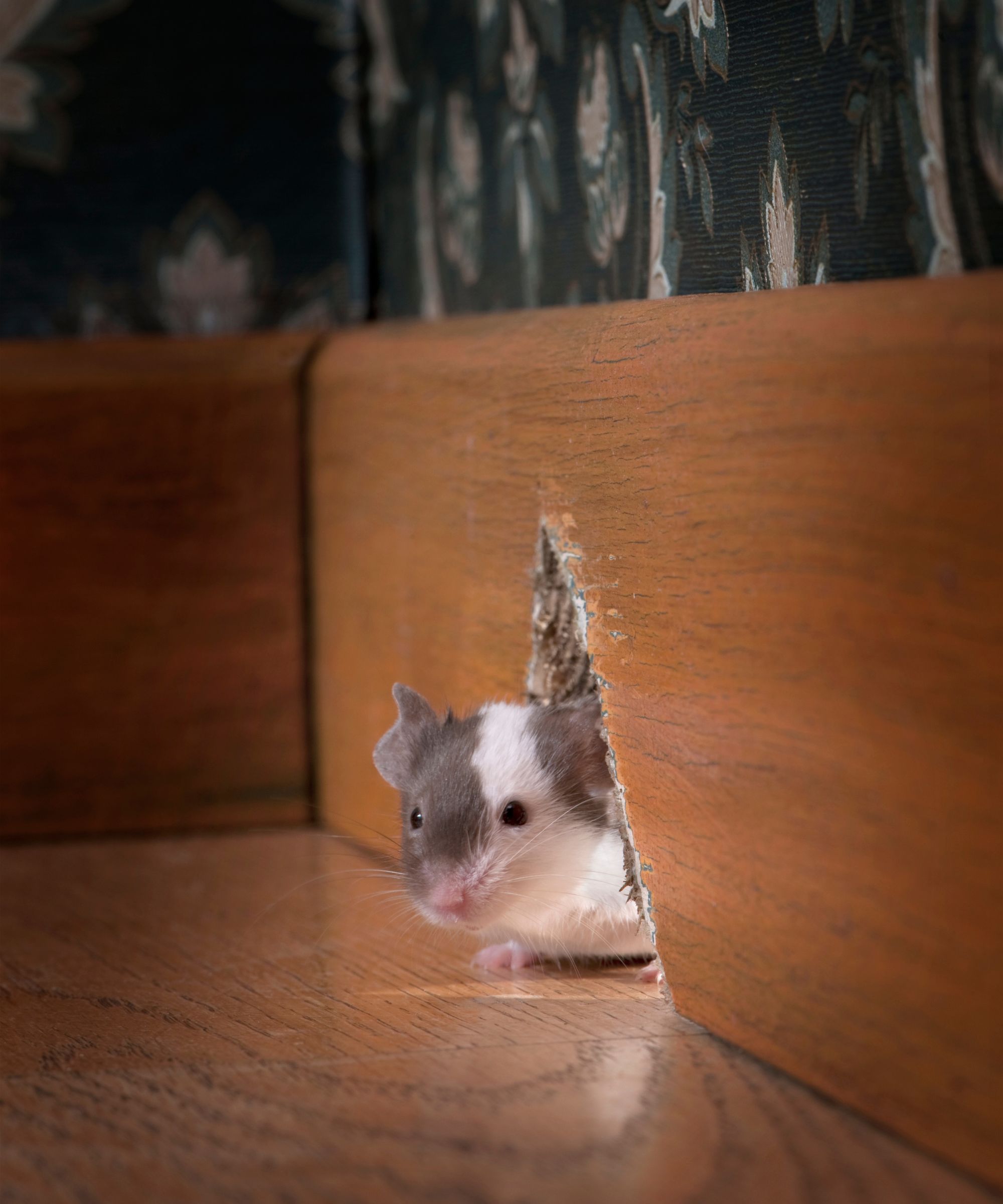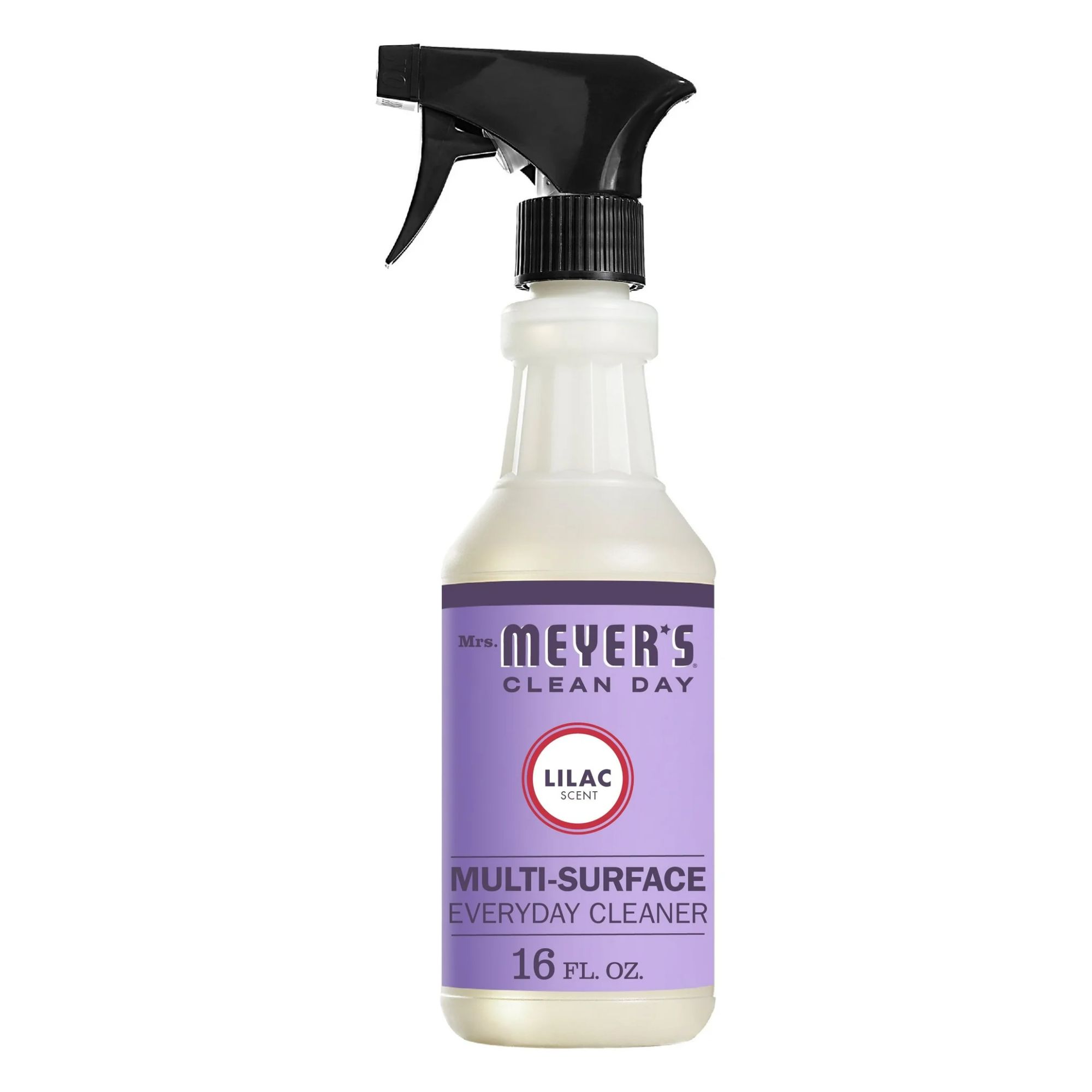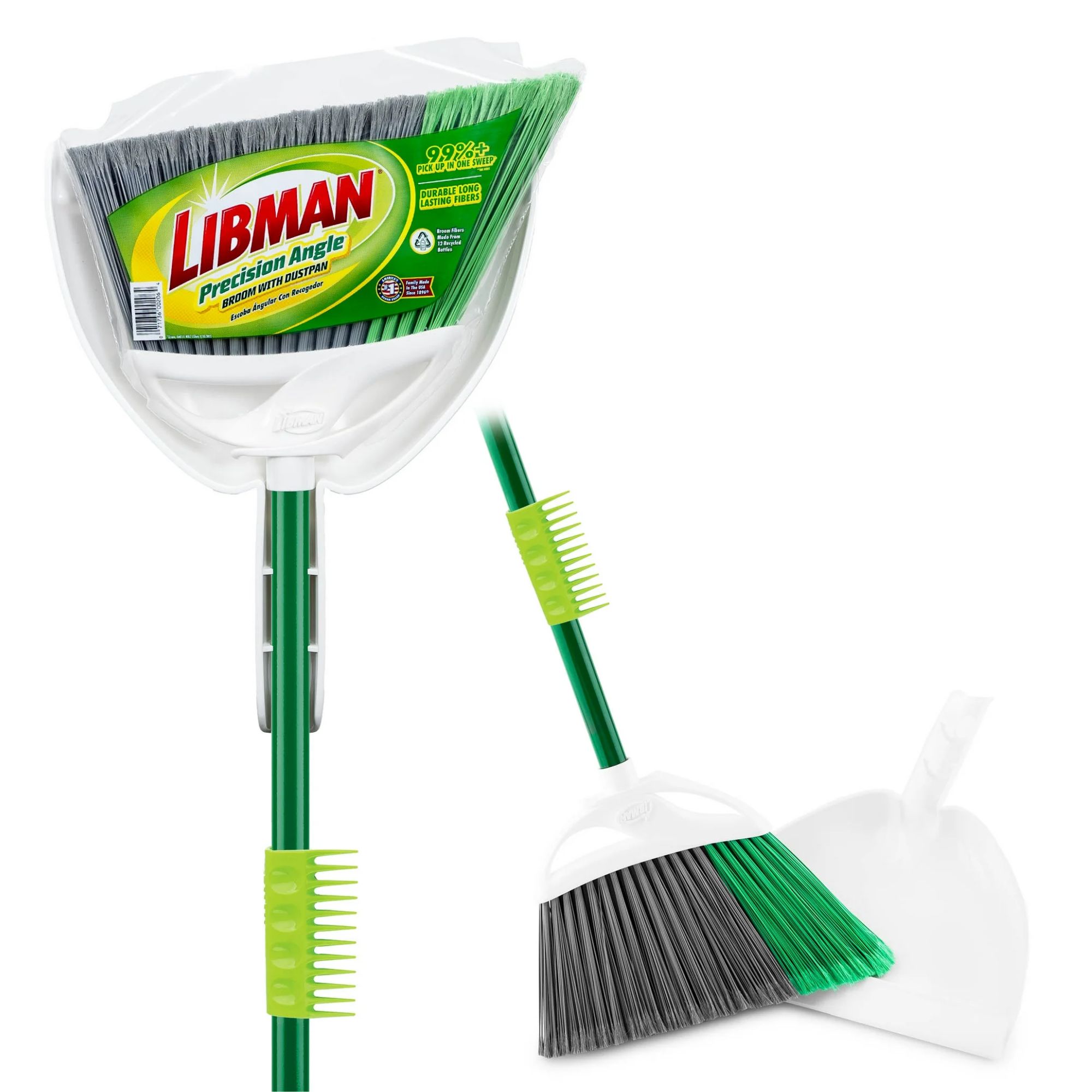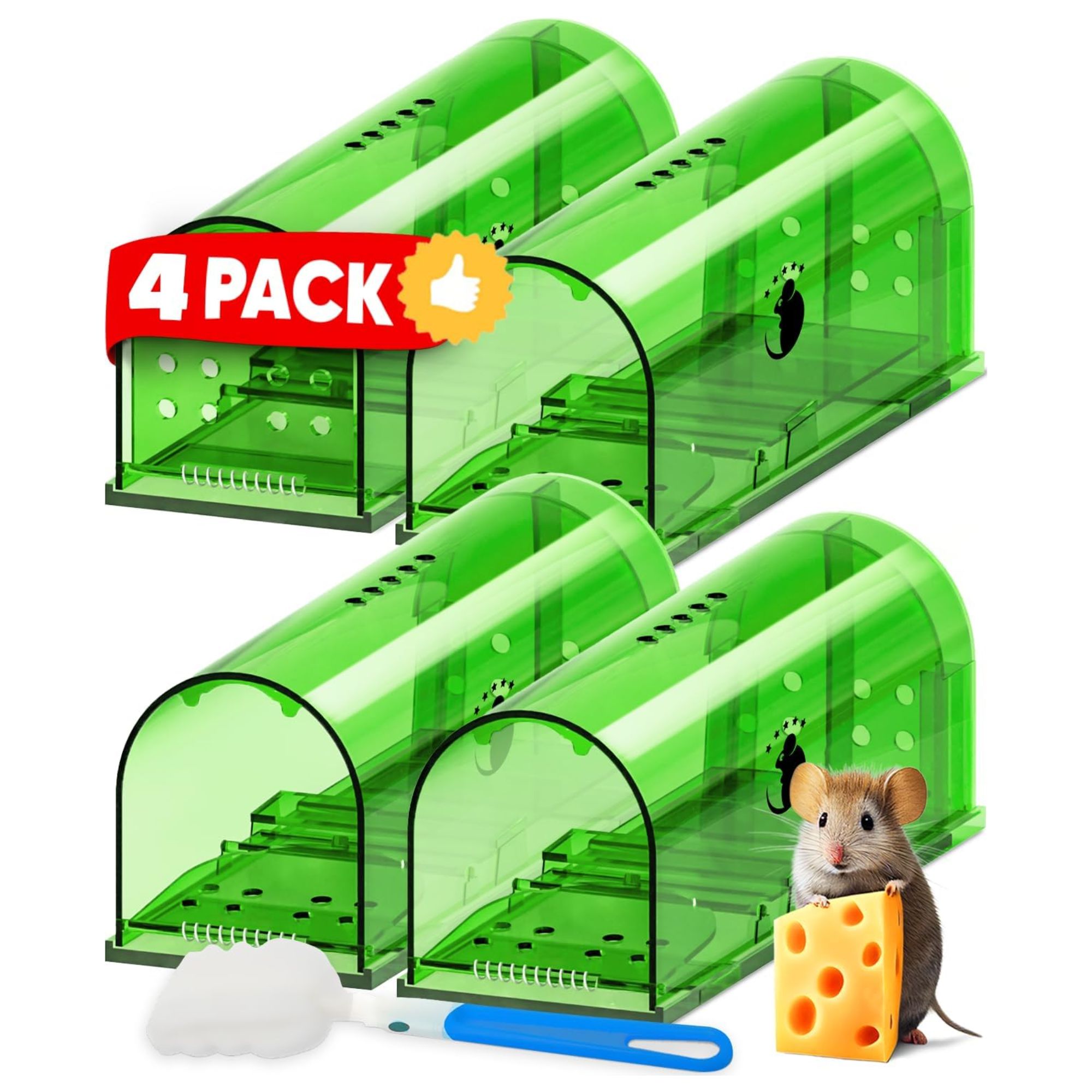I'm a board-certified entomologist and this is the one rodent infestation control mistake I urge you to avoid at all costs – you'll regret it deeply
Don't put your health or home at risk

Ottilie Blackhall
Spotting a rodent in or around your home is a very unwelcome sight, so it's understandable to want to get rid of it as soon as possible. However, pulling the trigger too soon could result in rats that are harboring in the walls of your home dying there, causing a fetid odor that's hard to shift, and risking your health.
I'm a board certified entomologist, and here I explain everything you need to know about dealing with this common indoor pest and why it's so important to understand and identify where rats are nesting before deciding on a suitable method to eradicate them.
Never put poison down for rodents harboring in enclosed spaces
If you know or suspect that rodents are living within the walls of your home (you might hear movement or scratching inside walls), you may be tempted to put poison down at the entry points, but this is the one rodent infestation mistake you're sure to regret. Instead, use rodent traps to physically capture and then remove the pest.
Failing to do this can cause rodents who have ingested poisoned bait to go further into your walls and die, which can lead to decomposition, flies, and terrible smells that are extremely hard to get rid of. If this happens, you’ll likely need to call the pros to help pinpoint the exact location of the dead rodents and remove them.
Don't be tempted to do this yourself, as you don't want to damage your home or pose any significant risks to your health from airborne diseases carried by rodents, like Hantavirus.
Rodents, such as mice and rats, can and will nest inside walls if they find a way in, likely through a small crack or hole. Walls offer protection from predators, including humans, cats, and dogs, and provide warmth, especially well-insulated ones, allowing rodents to maintain a stable temperature for their young.
This is why it can be particularly difficult to get rid of rodents in walls or get rid of rodents in the attic, something we're aware of at Hawx Pest Control.
Design expertise in your inbox – from inspiring decorating ideas and beautiful celebrity homes to practical gardening advice and shopping round-ups.
Once the infestation is cleared however, use preventative measures to stop rodents from getting into your walls and enclosed spaces again.
Additionally, food sources may be easily accessible if nests are built inside kitchen storage or pantry walls, and nesting materials like paper or insulation are readily available.

They may look harmless, but the risks that rodents can pose to your health and home is anything but
How to get rid of rodents in walls
Avoid using poison when getting rid of rats in walls. Instead, use live traps, which catch mice and other rodents without causing harm. These traps, such as the PF Harris Reusable Catch & Release Humane Mouse Trap available at Walmart, typically have a small box with a door that closes once a rodent enters, allowing for safe release back into the wild.
You can also use snap traps, which have a quick-trigger mechanism that snaps shut over the head of a mouse or rat, killing it instantly. The trap is baited with something attractive to rodents, such as peanut butter, and placed in areas where they travel so that they will encounter it.
After the rodent is trapped and killed, it must then be disposed of. Definitely avoid these if you have pets or children.
If you spot any signs it's time to call pest control, act quickly. A pest control service will be able to help with a rodent infestation, particularly if it’s become more of a major issue that homeowners are finding difficult to control. Someone who’s an expert in pest control will be able to identify entry points, set traps and remove pests more efficiently before it becomes more of a problem or it spreads to other areas of the property.
To get rid of rats and mice and stop them coming back, remove any attractants from your home.
Rodents nest in hidden places where they can sleep and reproduce. These pests love clutter, as it provides them with nesting and hiding spots. Use suitable decluttering methods to remove piles of paper and cardboard, and regularly clean out the basement and attic.
Store your belongings on shelves that are off the ground and away from walls to minimize the suitable areas rodents can nest or hide in.
You should also remove open food sources or spills, particularly around any of the hidden pest harborage spots, such as under the kitchen sink. Rodents are attracted to any available food source, including crumbs, unsealed leftovers, pet food, and birdseed. Therefore, cleaning your kitchen is crucial for preventing infestations.
Store food in airtight containers, and clean counters, cabinet doors, and floors daily to eliminate even the smallest food debris, which can attract rodents. Pay particular attention to cleaning under the fridge, and your pantry.

These airtight containers are stackable, space-efficient and dishwasher safe, with a button seal that doubles as a handle.

This all-natural multi-surface cleaning spray has a delicious lilac scent, and can be used all around the house to sanitize and leave surfaces spotless.

This angled broom and dust pan is perfect for removing crumbs from tight corners and narrow gaps, removing 99.9% of dust, dirt and hair in a single sweep.
Once the infestation is under control and rodents are no longer in your walls, use some DIY draft proofing tips to seal up any cracks or holes in the walls. Additionally, to prevent rodents and mice from getting back into your house, it's crucial to seal up any entry points you find.
Use caulk, such as the DAP All Purpose 10 oz Clear Acrylic Silicone Caulk available at Walmart, steel wool, or metal flashing to close openings, especially around pipes, vents, and doors, where cracks and holes often appear. Pay close attention to rooms such as the kitchen, pantry, attics and the garage, which are prime spots for rodents to appear.
All prices correct at time of publication.
Daniel has over two decades of experience when it comes to preventing and deterring pests.
Do clean homes get pests? Often, an infestation can be a huge worry, but it's not an indication of a dirty home. In fact, clean homes can attract them just as much. What's important is keeping your home as clean as possible, removing attractants and blocking off entry points, to prevent them entering in the first place.
Daniel has over two decades of experience when it comes to preventing and deterring pests.
- Ottilie BlackhallNews Writer
